Affiliate links on Android Authority may earn us a commission. Learn more.
HUAWEI – Past, Present, and Future
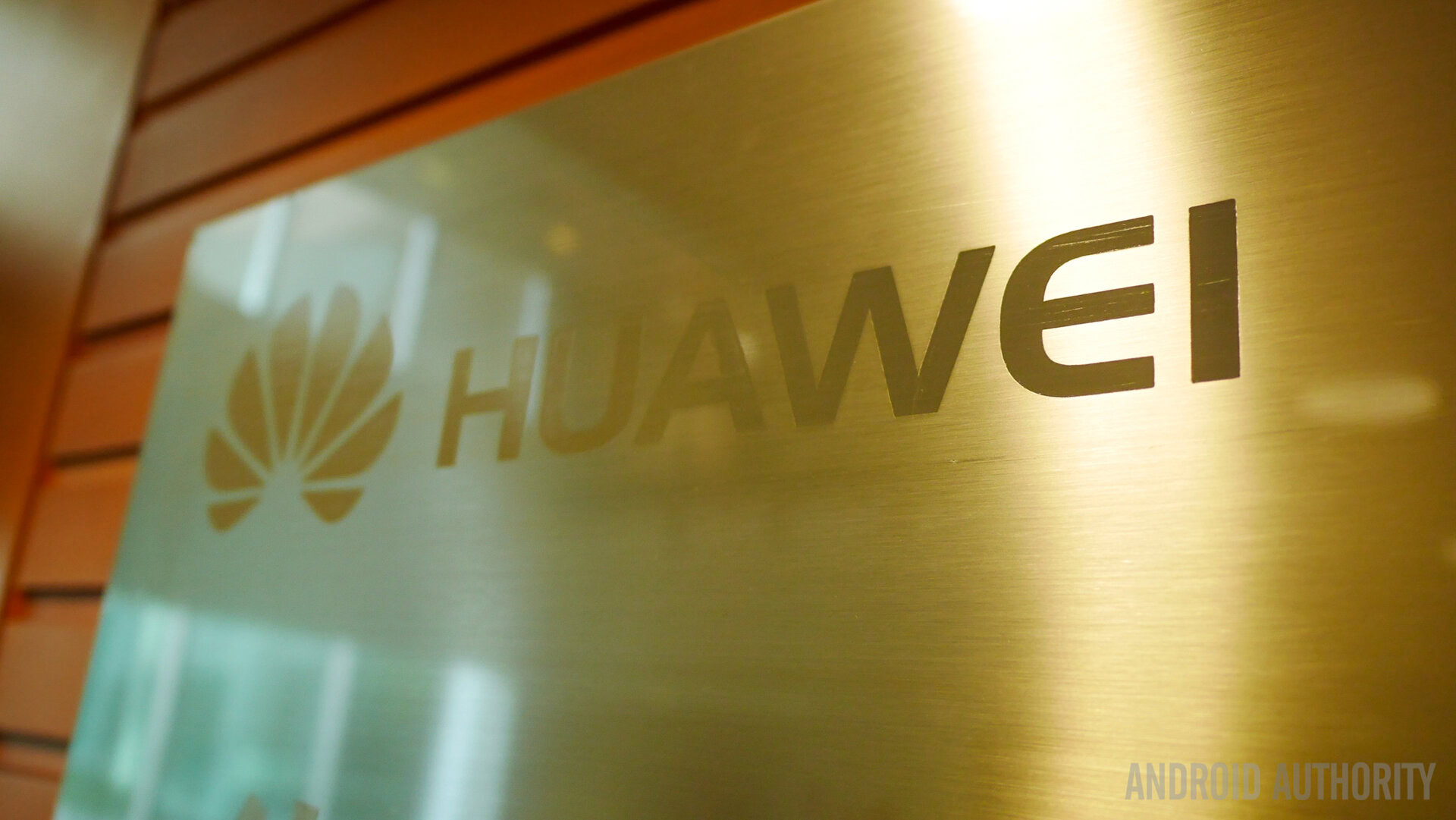
Chances are good that you’ve heard of HUAWEI by now. In case you’re wondering, it’s pronounced wah-way and, according to IDC, the Chinese company is the fourth largest smartphone manufacturer in the world by shipments, claiming a 6.25% share in the fourth quarter of 2014.
Expanding from a solid base built on telecommunications and networking equipment, HUAWEI has been successfully breaking into the consumer market and expanding beyond Chinese borders.
Sales of budget and mid-range Android smartphones are booming in emerging markets. The Ascend brand is gathering pace as HUAWEI builds relationships with carriers. Meanwhile HUAWEI’s HONOR line is all about direct online sales to consumers. All of this is underpinned by a solid position selling network infrastructure where HUAWEI has been locked in battle with Ericsson for years now.
[bcPortal width=”800″ height=”450″ videoid=”4033428394001″ publisherid=”3674338003001″ playerid=”3674338273001″ autostart=”true”]
“Splendid achievement” or “action for China”
Both of our sub-headings are possible translations of the Chinese characters that make up the HUAWEI name. And they’re both fitting, though the multinational company would rather focus on the first one.
HUAWEI was founded in 1987 by Ren Zhengfei. He studied civil engineering at Chongqing University in the 60’s before serving in the Chinese army as an engineer. Just $5,000 got HUAWEI off the ground in Shenzhen selling telephone exchange equipment imported from Hong Kong, which was still under British governance back then.
Heavy investment in research and development enabled HUAWEI to start producing its own switches instead of importing. The C&C08 digital telephone switch in 1993 was a major breakthrough and key contract awards soon followed. It was politically desirable for the Chinese government to work with a native organization, something which would become official policy in 1996.
Focusing on the B2B market, HUAWEI showed considerable talent in building telecommunications networks and services at competitive prices. In the enterprise market it soon carved a niche providing equipment, software, and services. In manufacturing white label modems and routers gave way to set-top boxes and mobile phones.
Expanding internationally
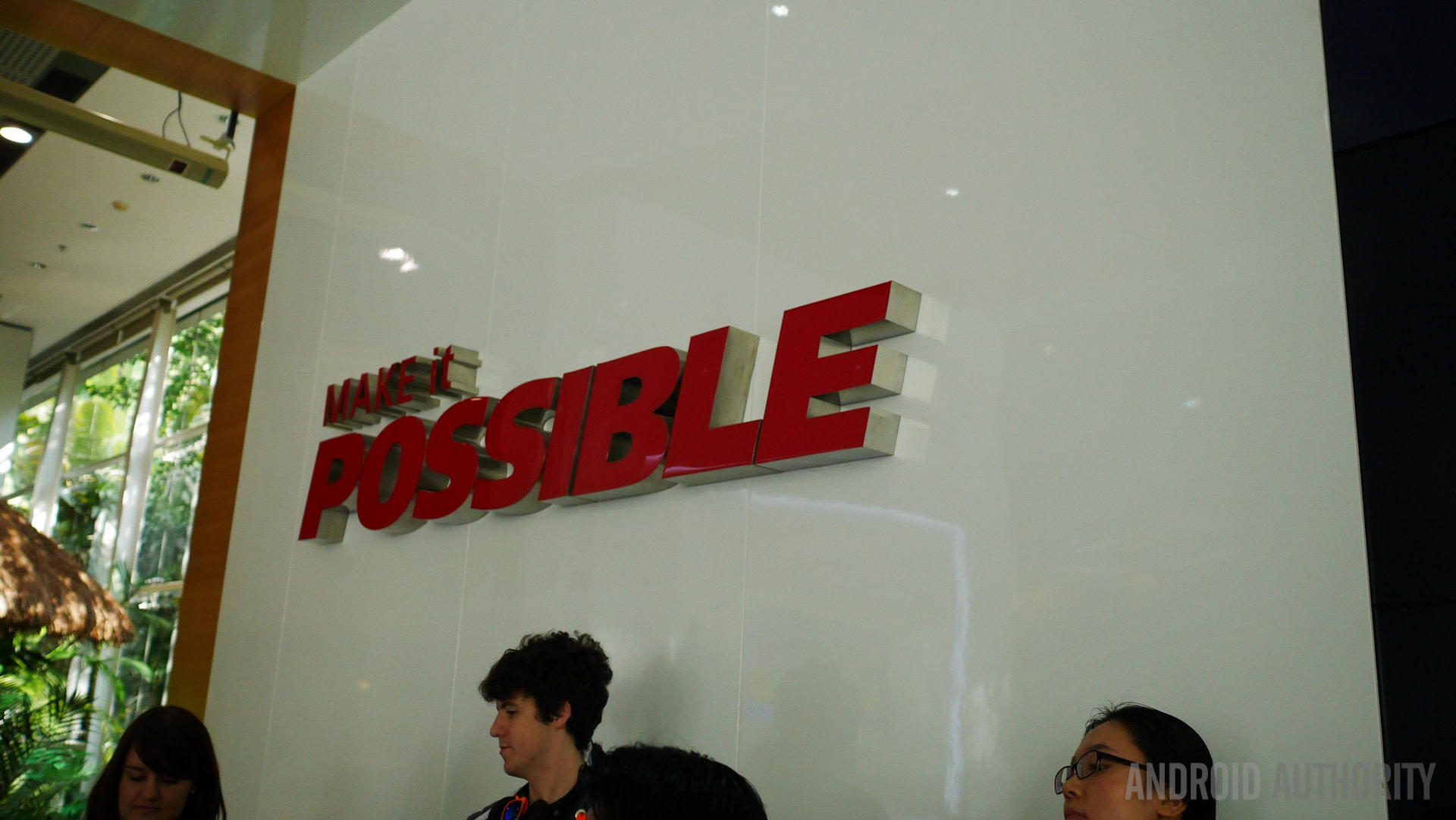
HUAWEI dipped a toe in international waters in the late 90’s, but it wasn’t until after the millennium, in 2000, that it really ramped up its overseas efforts. Sales soared by over 500% in two years, as HUAWEI opened R&D centers and signed partnerships with major players like IBM.
A simple policy of undercutting the competition opened a lot of doors. By 2005 it was earning more from the international market than the domestic market and it made the Fortune 500 in 2010 with net profit of $2.67 billion. Last year HUAWEI made around $5.5 billion.
Expansion in the consumer smartphone market has been swift. HUAWEI may still be fighting for brand recognition Stateside, but growth is steady elsewhere.
“In 2014 we have seen sales in Europe double, a 700% increase in the Middle East, and a 200% increase in Latin America,” Kevin Ho, President of HUAWEI’s Handset Product Line told us, “We need to give consumers the perfect product, and give them some time to experience them and see how good these smartphones are.”
HUAWEI was a comfortable third in the worldwide smartphone market with a 4% share in 2012, which grew to 4.8% in 2013, according to Gartner. It was only Lenovo’s successful acquisition of Motorola that saw it leapfrog its compatriot, but HUAWEI has been looking over its shoulder too.
Honoring the e-commerce trend
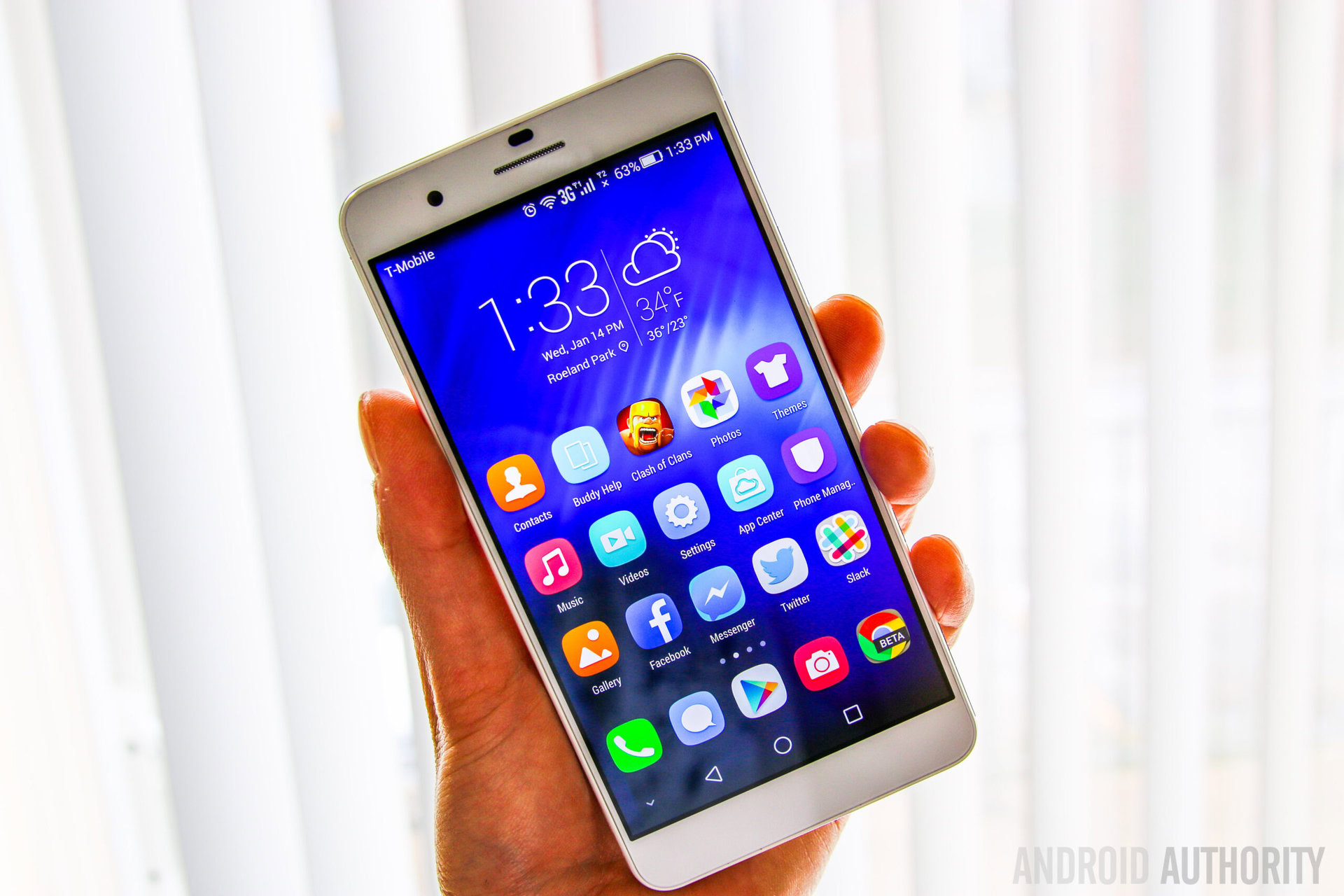
Xiaomi is behind HUAWEI in fifth place in the worldwide smartphone manufacturer charts. It has built a successful business that’s largely based on listening to consumers and engaging marketing, combined with high-quality devices at lower prices driven by reduced overheads thanks to direct online sales.
“We see e-commerce as a worldwide trend, at around 10% of smartphone sales, but increasing every year. The HONOR brand is an online only brand,” explained Mr Ho, “We are focused on the consumers.”It appears to be working because the HONOR brand went from sales of 1 million in 2013 to 20 million last year. There are plans to bring the HONOR line to the States this year. Cutting out the carrier allows manufacturers to sell devices a lot more cheaply, but profit margins are still tight.
Ascending to greatness
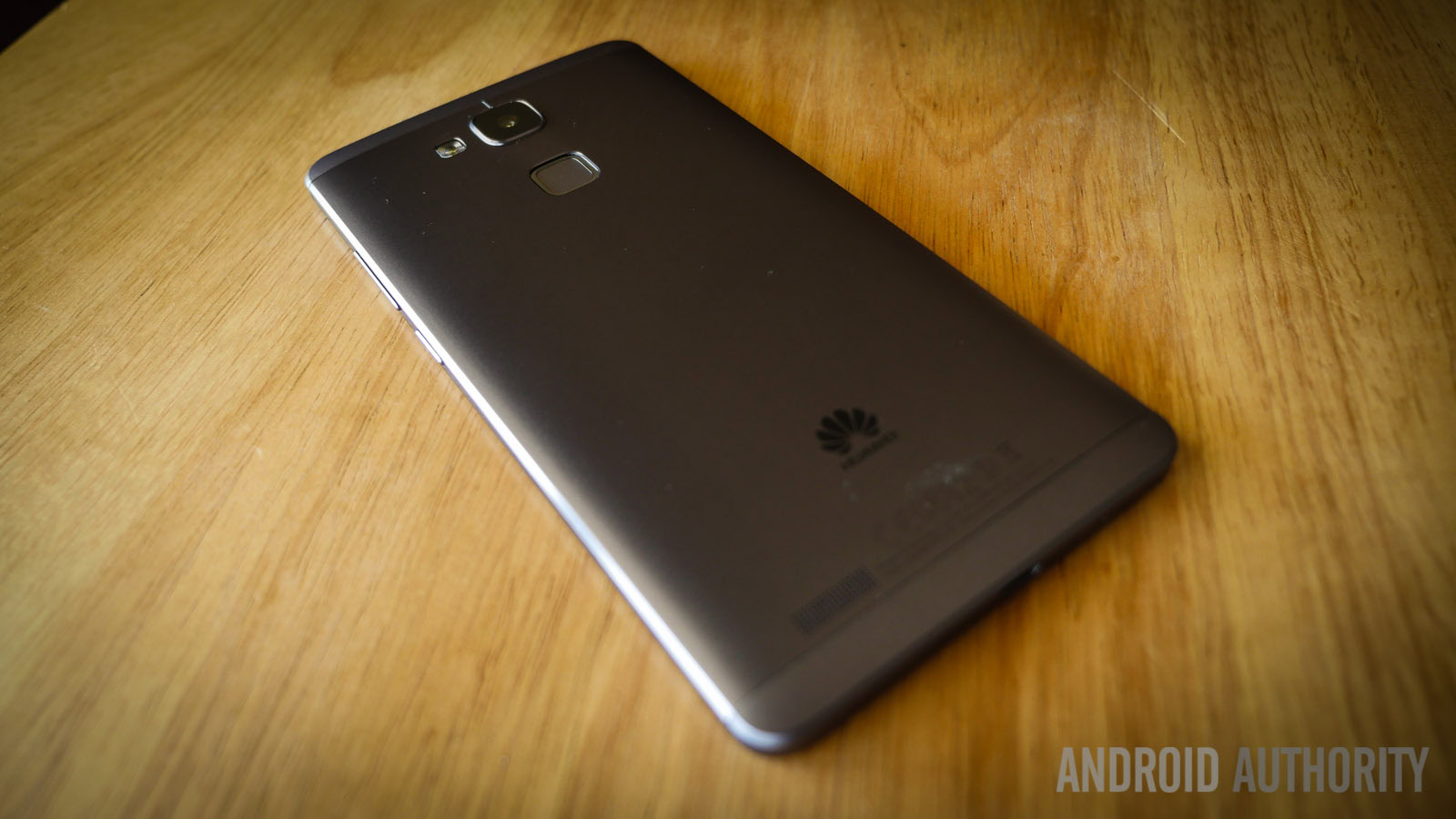
While the HONOR brand has been capturing the imagination of a younger audience and helping HUAWEI compete with the disruptive Xiaomi, the Ascend brand has helped it build relationships with carriers across Europe and other markets, though a deal with a US carrier remains elusive. The Ascend flagships also show a gradual shift towards the premium end of the market. We were very impressed by the HUAWEI Ascend Mate 7.
“The Ascend P7 is selling very well worldwide,” according to Ho, and “…the Ascend Mate 7 outsold the Galaxy Note 4 in China in November and December.”
The fact that the Ascend P8 will launch in London this April shows how important the European market is becoming for HUAWEI.
Conquering new markets
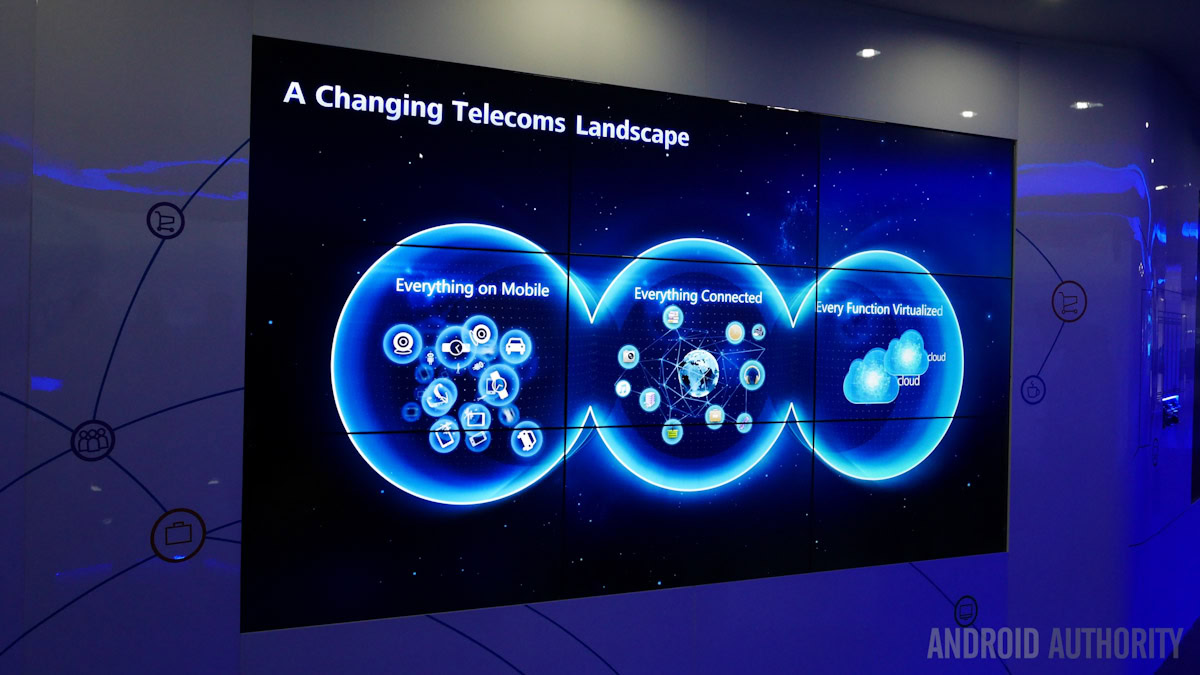
There are still a few stumbling blocks for HUAWEI to overcome. It has been dogged by allegations of IP theft, its internal structure and management have been questioned, and the US Government even described the company as a national security risk. None of these things can be confined to HUAWEI, and naturally the company refutes them.
Accusations like this are relatively commonplace, and there isn’t much transparency when it comes to national governments and their relationships with native technology companies. It’s not clear whether this has had any real impact on consumers, but you suspect it has something to do with HUAWEI’s difficulty in establishing a deal with a US carrier. It’s worth remembering that the company doesn’t need the U.S. to succeed, but it’s such a lucrative market that everyone wants a slice of it.
Continued expansion seems likely when you consider that HUAWEI still spends big on R&D to the tune of more than $6 billion a year. It also owns HiSilicon, but runs it as a separate semiconductor company licensing from ARM and designing chipsets for devices. That doesn’t mean it plans to handle the whole manufacturing side itself. R&D may lead to patents, but Kevin Ho makes it clear that HUAWEI will continue to partner with display manufacturers and other suppliers where it discerns the most value.
It will be interesting to see what Lenovo makes of Motorola, whether Samsung’s slide continues, and what Xiaomi can make of its alternative approach. Whatever way you slice it, HUAWEI’s prospects still look bright and it’s not fixed on the competition.
“There are lots of competitors, but there is no one we want to directly fight with,” explains Ho, “It is about getting the consumer to love our products. It is about giving consumers the best product. There is plenty of room for us to do our own thing.”